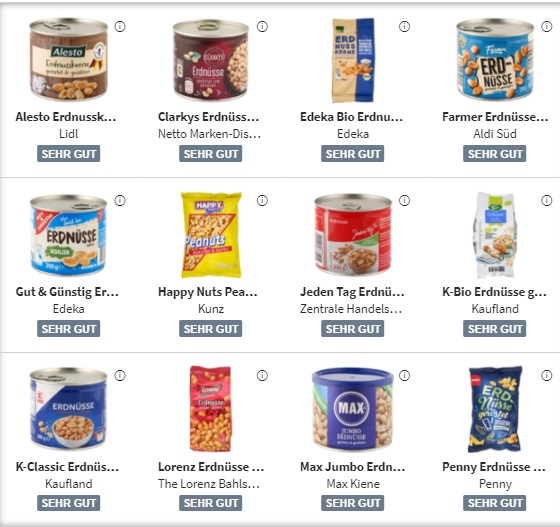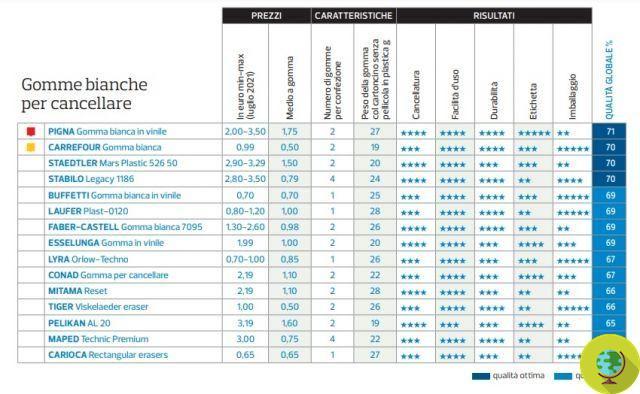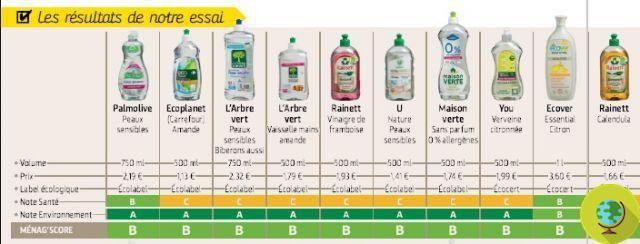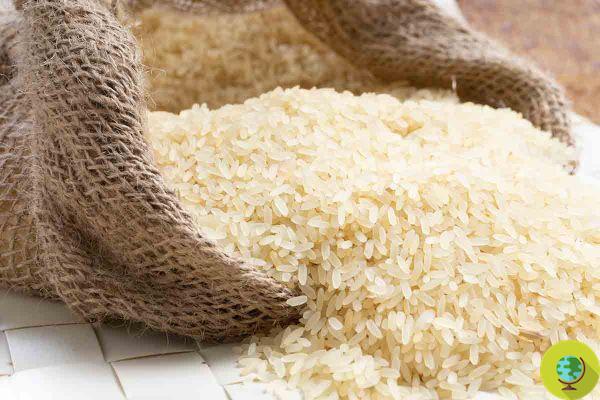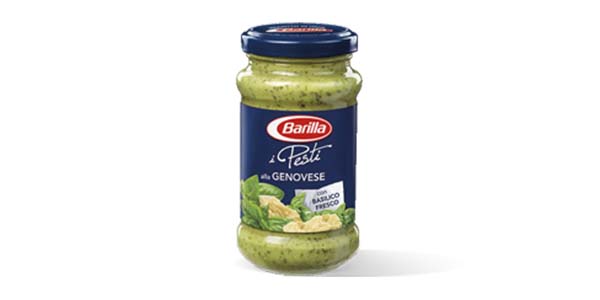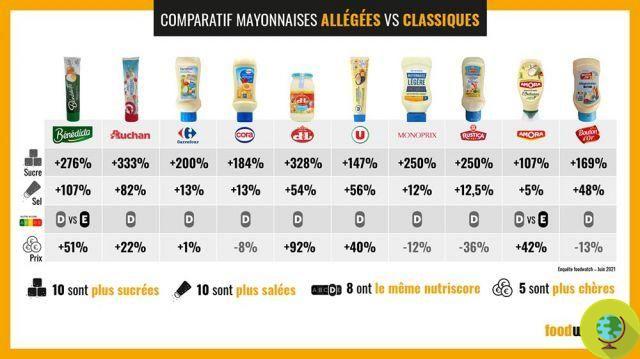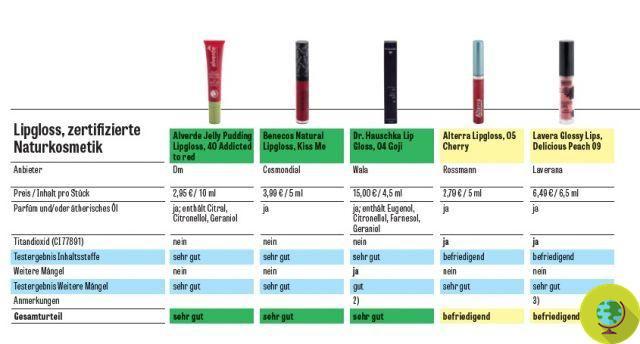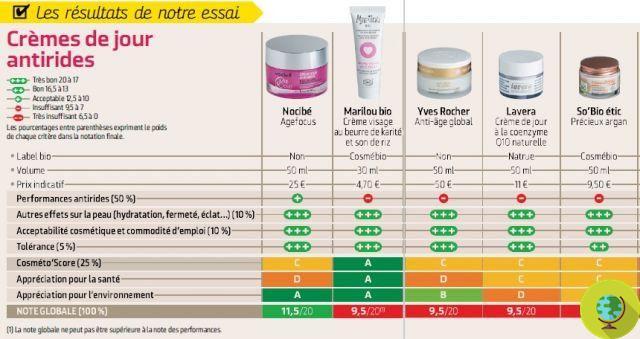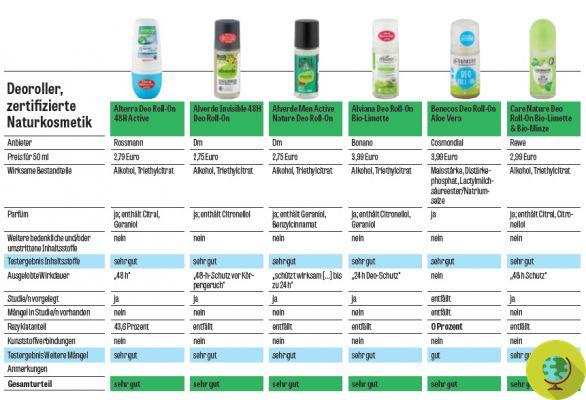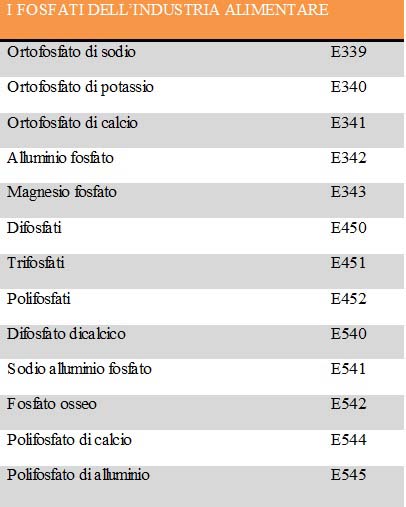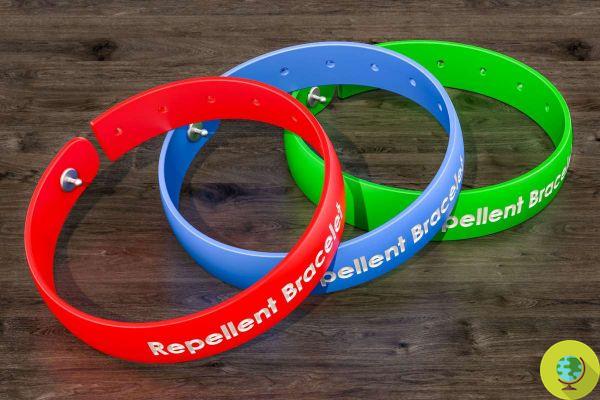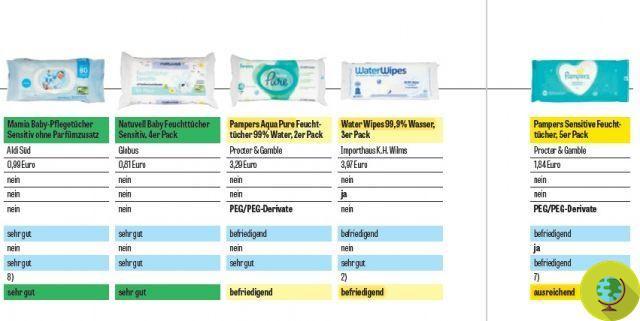Cheeses are a product that may contain polyphosphates. We pay attention to the label to choose the best (or least worst)
Don't store avocado like this: it's dangerousThe cheeses are a food that is often given also to children who particularly appreciate the milk flavor and the creamy consistency once dissolved in soups, rice, pasta, etc. But what do they really contain? How can we choose the best (or least worst) products among those available in the supermarket?
When we buy any packaged product we must always read the label carefully. Only in this way can we know the complete list of ingredients present inside and the nutritional table of that specific food. Fundamental indications to be able to make more informed choices and bring the best foods to the table.
In the case of cheeses, industrial products whose consumption we should in any case limit as much as possible, it is good to evaluate the type and percentage of cheese (the latter is not always specified) as well as the amount of salt generally very high (often exceeds 2 grams per 100 grams of product) and of saturated fats.
To be particularly taken into consideration is the possible presence of polyphosphates that often hide under abbreviations such as E452, E544, etc. THE polyphosphates they are in fact accused of interfering with the metabolization of calcium, something to be careful of especially if we intend to give these foods to children (but also to the elderly).
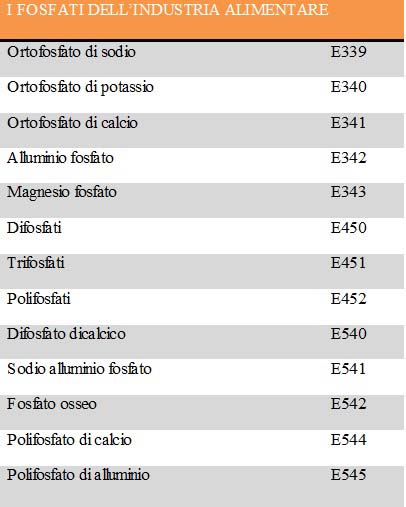
Consider that some brands of cheese no longer use them and this is why the writing is affixed to the packaging "Without polyphosphates".
The nutritionist's opinion on cheese
We asked Roberta Martinoli, doctor and nutritionist what do you think of the cheeses and if we can also offer them to children:
“The first consideration we have to make is that if it were high quality cheeses they would certainly not end up inside a cheese. Often it is in fact cheeses made from powdered milk. Since no one would like to perceive a certain graininess since we expect a cheese to be creamy, the industry usesuse of polyphosphates or melting salts. The aim is to keep the fatty and watery parts well mixed that would otherwise tend to separate. The texture of the food improves but the drawback is that polyphosphates prevent the correct absorption of calcium. Think of the paradox of a cheese that is advertised as a food suitable for children and the elderly due to its high calcium content, but which contains these fusion salts in the list of ingredients! "
But can cheese in some cases also be potentially harmful to health?
“One consideration is that the phosphorus is a cardiovascular toxin both in subjects with normal renal function and in renal patients. Hyperphosphatemia leads to the formation of calcifications of the vascular media (Knochel, 2005), alters endothelial function and reduces the production of nitric oxide (Shuto et al., 2009), is associated with higher levels of CRP, C-reactive protein (McGovern et al., 2013), to left ventricular hypertrophy, heart failure and cardiovascular events (Kestenbaum B et al., 2014). We get most of the phosphorus by eating protein foods. One gram of protein provides about 12-14 mg (Boaz M, 1996). The LARN establish a average requirement of 580 mg / day for all age groups. However, if food of industrial origin abound in our diet (in particular carbonated drinks and melted or spreadable cheeses) we risk taking 200-500 mg more daily ”.
In conclusion, is it recommended to consume them or not?
"Beyond all that has already been said, cheeses tend to be rich in salt (up to 0,5g per serving) and in saturated fats. The advice can only be that of eat real cheese! "
To learn more read also:
- Comparing cheeses: which ones and how to choose
Read also:
- Sliced processed cheeses and small cheeses: 5 good reasons to reduce their consumption




